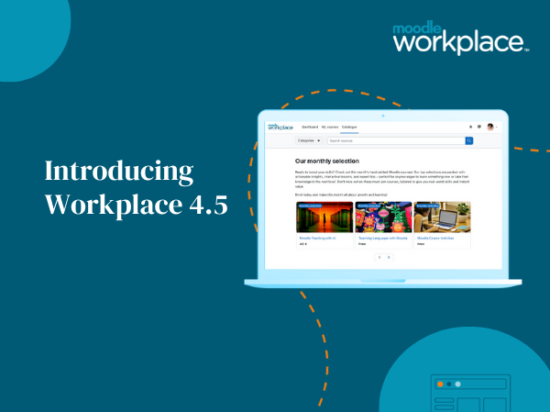As a premier learning management system (LMS), Moodle Workplace offers numerous features that help businesses and educators streamline their operations. One key feature is its migration capability, which allows users to move data from one platform to another without losing any critical information. This article aims to provide insight into the migration feature with Moodle Workplace and offer tips on how to utilise it effectively.
Understanding the Migration Feature in Moodle Workplace
Migration is a powerful tool within Moodle Workplace that facilitates the transfer of data between two different systems or platforms. This feature is particularly beneficial for organisations that are transitioning from a different LMS to Moodle Workplace. The migration tool allows you to import content, courses, user data, and other critical information from your previous platform into Moodle Workplace. This means no loss of important data that might have taken months or years to accumulate.
Moodle Workplace’s migration feature is also designed with simplicity in mind. The process is user-friendly and does not require advanced technical skills to navigate. It provides a seamless transition without causing any disruption to the existing learning environment. More so, Moodle’s migration tool ensures data integrity and security, making sure that all data transferred remains safe and unaltered during the migration process.
How to Effectively Utilise the Migration Feature
To effectively utilise the migration feature in Moodle Workplace, it is essential first to understand your data’s structure in your previous LMS. This includes knowing the format in which your data is saved and the types of data you will migrate. This understanding helps you to plan for an efficient and effective migration process that ensures all your critical data are transferred.
Before starting the migration process, ensure you have a backup of your data. This provides an essential safety net in case anything goes wrong during the migration. When migrating, it’s also important to test the process with a small set of data before migrating everything. This helps to identify any potential issues that might occur, and you can resolve them before running a full migration.
It’s also crucial to communicate with all stakeholders involved during the migration process. This includes staff, learners, and administrators. Ensure they are aware of the migration process and any potential downtimes. By doing this, you ensure smooth transition and continuity of learning even during the migration process.
In conclusion, the migration feature within Moodle Workplace is an invaluable tool for businesses and educational institutions alike. It provides a seamless, efficient, and secure method for transition from one LMS to another without losing critical data. With careful planning, thorough understanding of your current data structure, and effective communication, you can ensure a successful migration process that enhances your learning environment.







